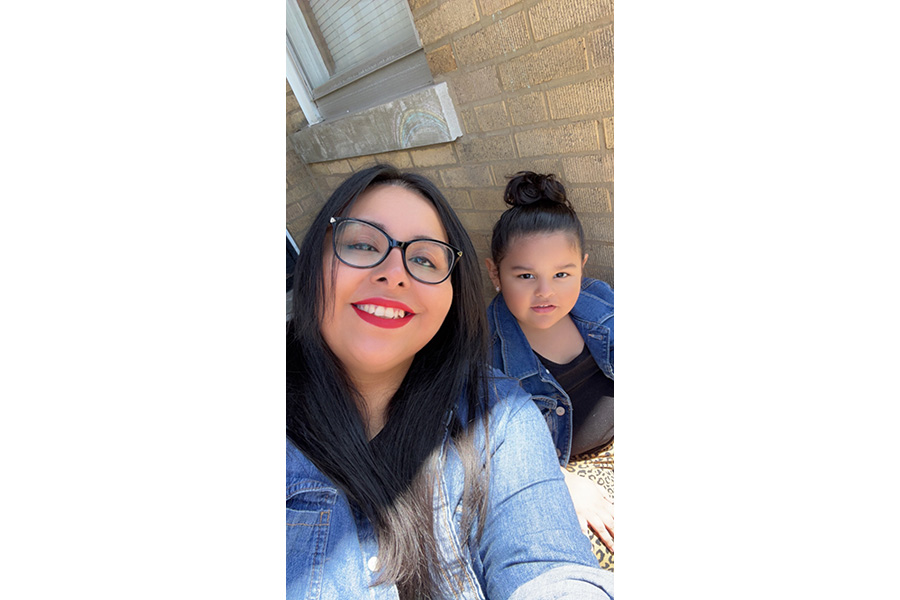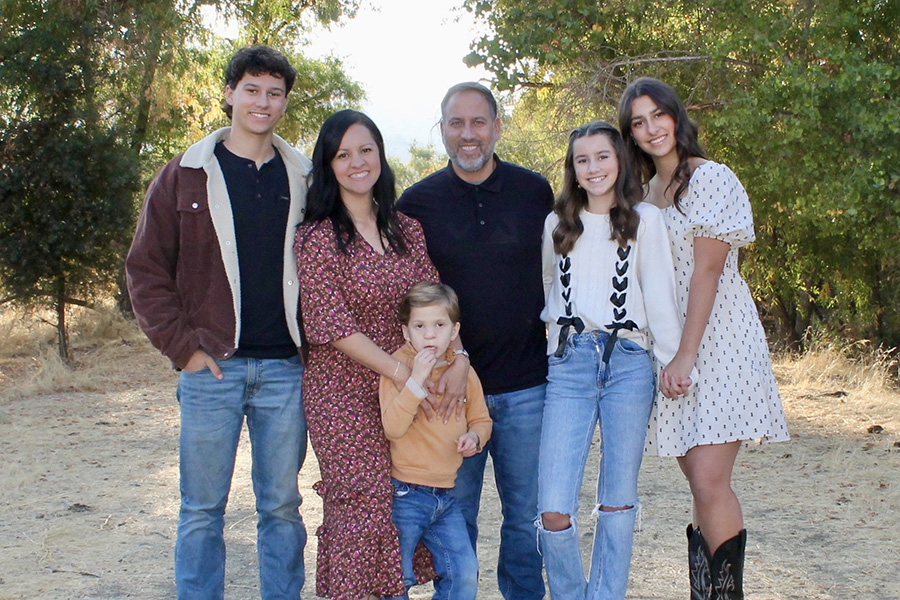From February 2nd – 8th, 2025, we celebrate Feeding Tube Awareness Week.
Originally hosted by the Feeding Tube Awareness Foundation, Feeding Tube Awareness Week was created to increase awareness about the lifesaving benefits that tube feeding provides. It also allows us an opportunity to provide recognition and support to families overcoming the day-to-day challenges of caring for a loved one who is tube-fed.
What Are Feeding Tubes?
Tube feeding is a method of providing nutrition to those who cannot eat or drink safely by mouth. A tube is inserted through the nose or stomach to deliver liquid nutrition directly into the stomach or small intestine. There are three types of tubes: nasogastric tube (NG tube) which is inserted through the nose and only used for a short time, and the gastrostomy (G-tube) and jejunostomy tube (J-tube) which are both inserted through a small incision in the skin on the abdomen for longer-term use. Feeding tubes come in a variety of sizes, lengths, and materials depending on where and how long the tube will be used.
Who Uses Feeding Tubes?
Over 500,000 people in the U.S. use enteral feeding tubes at any given time. Whether due to illness, injury, loss of appetite, swallowing difficulties, or even medical operations, these individuals rely on feeding tubes to provide them with adequate nutrition to keep them healthy. While some may only need tubes for as little as a few weeks, others will rely on them throughout their entire lives.
Tube feeding isn’t just for end-of-life care; many children rely on them to get the necessary nutrition to grow and thrive. There are over 300 conditions that can cause a child to require a feeding tube. According to Julie Sanville, D.O., pediatric gastroenterologist at Dartmouth-Hitchcock Medical Center, reasons a child may need a feeding tube include premature birth, genetic issues, gastrointestinal problems, and many more. Some medical conditions such as cystic fibrosis and cerebral palsy may also cause need for a feeding tube. Adults may need a feeding tube as a result of gastrointestinal conditions such as gastrointestinal cancer, intestinal failure, bowel obstruction, and more.
What is Malnutrition?
Feeding tubes play a key role in counteracting failure to thrive and preventing malnutrition – the lack of proper nutrition caused by not eating enough, or being unable to properly use the food an individual is able to consume. Children (and everyone else) need to receive the proper amount of nutrition and calories each day to stay healthy. A lack of adequate nutrition can have serious negative effects on health such as:
- loss of appetite
- unplanned weight loss
- failure to thrive
- low energy levels
- growth delay
- delayed development
- muscle and skeletal loss
- frailty
- weakened immune system
- risk of developing chronic diseases such as some cancers, heart disease, diabetes, osteoporosis, and depression later in life
Are Feeding Tubes Permanent?
Feeding tubes aren’t necessarily there to stay. Depending on the condition, some individuals may require a feeding tube throughout their whole life. However, for others it may be temporary. With intensive feeding therapy, some people may develop the skills to take nutrition orally, whether that be entirely by mouth or a hybrid approach to feeding.
Where Can I Find More Resources?
With over 2,500 published articles, Shield HealthCare’s Community site is a robust resource for information, including articles by our Registered Dietitian Nutritionists, tube-feeding tips for care at home and evidence-based nutrition information. Some popular articles include:
Tube Feeding: How-To’s – View multiple resources including videos on how to use a feeding pump, ENFit how-to’s, and articles with tube feeding information such as how to care for a new feeding tube, preparing for home tube feeding, and how to solve tube feeding complications.
Pump Setup: Step-by-Step Training Videos – Watch instructional videos on how to use feeding pumps and enteral backpacks, how to bolus feed and gravity feed, and how to unclog your feeding tube.
Tube Feeding Complications and Emergencies – Learn how to handle tube feeding complications and emergencies such as unclogging feeding tubes, g-tube pain, and how to use an Emergency Gravity Feeding Kit.
G-Tube Care: A Step-by-Step Guide – Follow this step-by-step guide on how to care for your g-tube.
Steps for NG tube Placement – Review detailed instructions on how to safely replace your child’s NG tube.
Your Child’s Feeding Tube: Guides and Resources – View multiple guides and resources relating to your specific type of feeding tube, complications and how to handle them, how to tube feed on the go, and more.
While they may sound daunting, feeding tubes are necessary, life-changing pieces of equipment that allow both adults and children the opportunity to receive the nutrition they need to live healthy and happy lives. This Feeding Tube Awareness Week, we are taking the opportunity to recognize, support, and spread awareness of the day-to-day challenges feeding-tube families face. You can find our latest tube-feeding articles on Shield HealthCare’s Nutrition Community.















I have a daughter that has Rett Syndrome. Back in 2005 she underwent spinal fusion for scoliosis. After the surgery she refused to drink or eat, but the hardest thing was giving her her medications. It was a struggle especially for the her seizure meds. They suggested the feeding tube. At first I was so hesitant but I agreed. It has been the best decision we have ever made. No more struggling with meds or giving Ensure or water for hydration.
I truly suggest this for your over one.